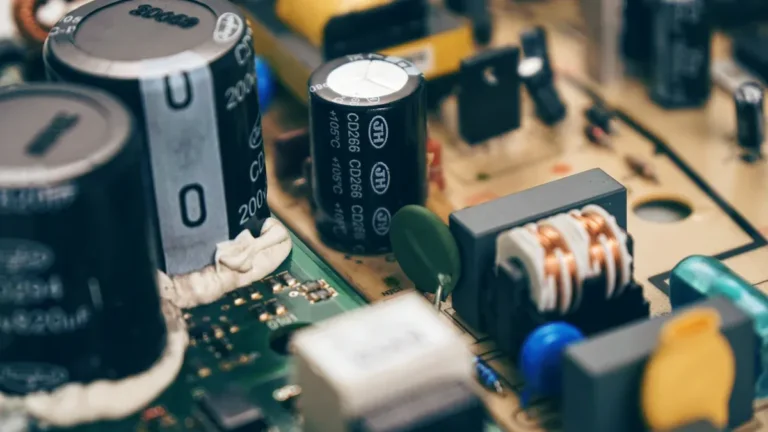超活性炭コンデンサ
.webp)
スーパーキャパシタ活性炭を購入する
スーパーキャパシタにおける活性炭の課題
エネルギー密度の限界
- 交流は電力密度が高く、サイクル寿命も長いが、バッテリー技術に比べて単位体積/重量当たりのエネルギー貯蔵量が少ないという欠点がある。そのため、電力や寿命の制約を減らすことなくエネルギー密度を高めることは、実に難しい。
一貫性とソーシング
- 自然界に由来する前駆体材料から、大規模なバッチ全体を通して交流特性(表面積、細孔構造分布)の再現性を達成することは、非常に困難である。バッチのばらつきは電圧応答の予測可能性に影響し、同じと仮定することはできません。
電極の加工と製造
- 高表面積の交流粉末を、構造的に堅牢で導電性の電極に統合し、十分な電解液のアクセス性を確保するためには、複雑なスラリー加工とコーティング技術が必要となる。また、厚みの大きな電極で十分な密着性を確保し、クラックを避けることも難しい。
パフォーマンスの妥協
- 多くの場合、イオン移動(パワー)を最大化するために細孔サイズを最適化することは、電荷貯蔵(エネルギー)を最大化するために表面積を最大化することと相反する。特定の用途のために、競合する2つの設計の間の妥協点を見出すことは、些細なことではありません。
環境と加工への影響
- 高性能ACを製造する場合、合成にはエネルギー集約的なプロセスや環境汚染物質の使用が伴うことが多い。AC製造プロセスからの廃棄物の流れを管理し、廃棄物から真の持続可能でスケーラブルな製造ルートを開発することは、現在進行中の重要な課題である。
リサイクル性
- 使用済みスーパーキャパシタからACを回収して再利用することは、物流や技術的な課題によって複雑になっている。
活性炭の種類
-r8fslg51nt6wgjtvh6yldxb1gtkgm3lpe0oq1akgog.webp)
- ヨウ素価:600-1200
- メッシュサイズ:1×4/4×8/8×16/8×30/12×40/20×40/20×50/30×60/40×70 (その他のサイズはお問い合わせください)
- 見かけ密度400-700
当社の活性炭を使用する理由

卓越した素材の一貫性:
当社の厳格な製造管理は、バッチ間の表面積、孔径分布、粒子形態の均一性を保証します。その結果、予測可能な電極性能を提供し、既存の製造システムへの統合を容易にします。

電気化学的性能の向上:
私たちが設計した二重の階層的気孔率(マイクロメソマクロ気孔)は、高速イオン拡散をサポートしながら、イオンアクセシブルな表面積を最大化し、私たちの電極に非常に高い出力密度とエネルギー密度を提供します。

長期安定性の向上:
高度な表面精製を用いることで、表面上の不安定な酸素官能基と金属不純物を最小限に抑え、サイクル中のガス発生を最小限に抑えることで、デバイスの寿命と動作安全性を向上させている。

カスタマイズされたアプリケーション・ソリューション:
当社の表面化学と細孔構造は、特定の電解液との相性や、目標とする性能(高出力対高エネルギー集中など)に合わせて調整・カスタマイズすることができる。

持続可能でスケーラブルなコピー供給:
私たちは信頼できる前駆物質を使用し、最適化された活性化条件を用いることで、環境に配慮し、信頼できる品質を適正なコストで提供できるようにしています。
プロセスと技術
1.EDLCスーパーキャパシタの一次電極材料
ソリューションの概要
交流電極では、電極/電解質界面でのイオン吸着のメカニズムにより、電荷が物理的に蓄積される。AC電極は、高い表面積と調整可能な細孔サブネットワーク(マイクロ/メソ孔)を持ち、アクセス可能なイオンの数と全体的な電荷貯蔵容量に役立つ可能性がある。 アクセス可能なイオンの数だけでなく、全体的な電荷蓄積容量にも役立つ可能性がある。
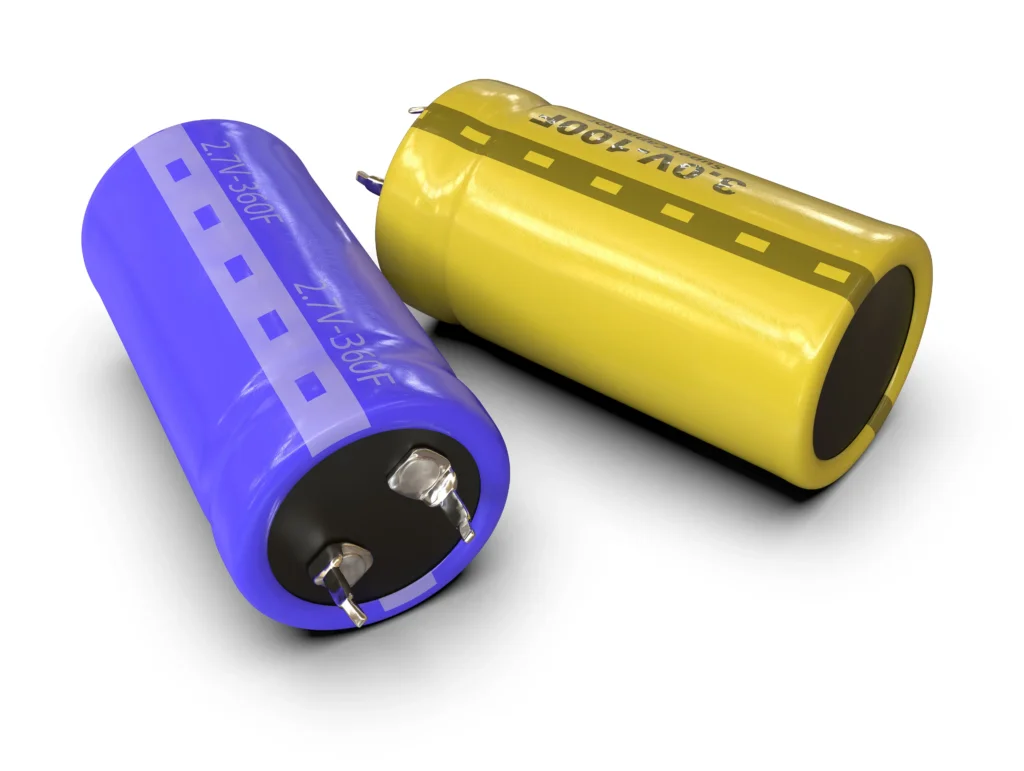
主な利点
- 高表面積は、二重層形成による大容量電荷貯蔵を可能にする。
- 急速なイオン吸着・脱着により、超高速充放電サイクルと高出力密度をサポート。
- 物理的な充電保管により、卓越したサイクル安定性と長寿命を実現。
- 多様な環境条件に対応する広い動作温度範囲
2.バイオマス由来の持続可能な電極
ソリューションの概要
バイオマス前駆体は、炭化と化学的活性化(KOH、自己活性化など)を経て、細孔階層とヘテロ原子ドーピング(O、N)が調整されたACを生成する。これにより、導電性と擬キャパシタンスが向上する。
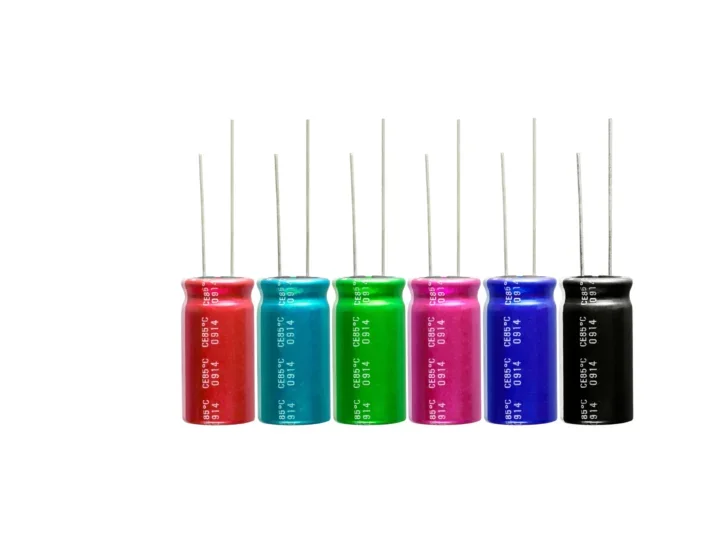
主な利点
- 廃棄物の有価化は、環境への影響と原材料コストを削減する。
- 自己ドープヘテロ原子(バイオマス由来のN/Oなど)は濡れ性を改善し、擬似キャパシタンスを導入する。
- 階層的な細孔(マクロ/メソ/ミクロ細孔)は、イオン緩衝と迅速な拡散を促進する。
- いくつかの方法では、活性化温度を低くすることでエネルギー消費を抑えることができる。
3.遷移金属水酸化物との複合電極
ソリューションの概要
ACは金属水酸化物の導電性足場として機能し、その導電性の低さやスタッキングの問題を緩和する。この複合材料は、二重層キャパシタンス(AC)と可逆的ファラデー反応(水酸化物)の両方を利用している。
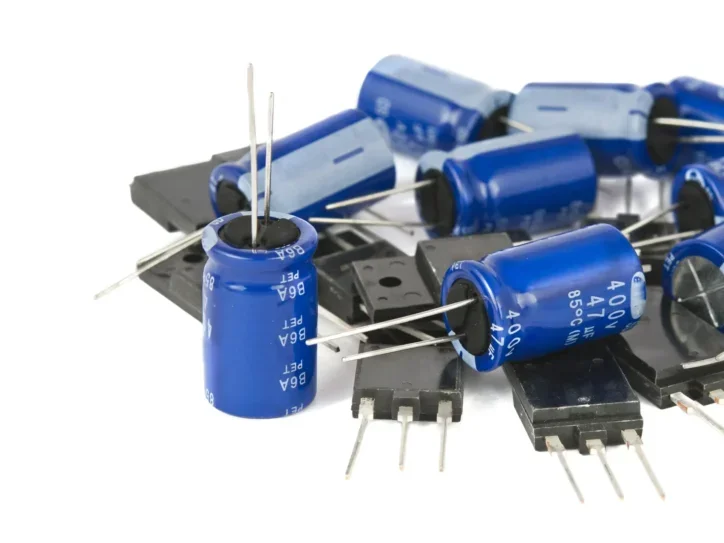
主な利点
- 複合的な電荷貯蔵メカニズムによってエネルギー密度を高める。
- AC骨格による導電性の向上は、効率的な電子輸送を可能にする。
- 電極の積層が抑制されることで、酸化還元反応の活性部位がより多く露出する。
- ACサポートによる構造的安定性によりサイクル寿命が向上。
4.後充填による高い容積性能
ソリューションの概要
ACのマクロ/メソ孔は、炭化可能な薬剤(タンニン酸など)で充填され、その後炭化される。これにより、マイクロポーラスな電荷貯蔵部位を維持しながら密度を高めることができる。
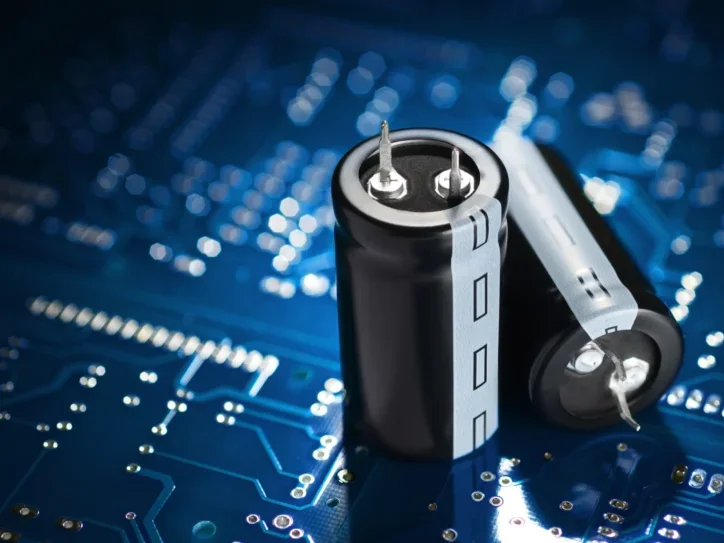
主な利点
- 高い電極密度は、気孔率を犠牲にすることなく体積容量を増加させる。
- 保持レート能力により、高電流負荷下でも性能を発揮。
- 最適化された細孔利用は、イオン拡散と電荷貯蔵のバランスをとる。
5.ガス抑制のための表面官能基工学
ソリューションの概要
高温処理により表面基(カルボキシル基、キノン基など)を除去。混合酸精製はさらに不純物(Feなど)を減らし、ガスの発生を最小限に抑える。
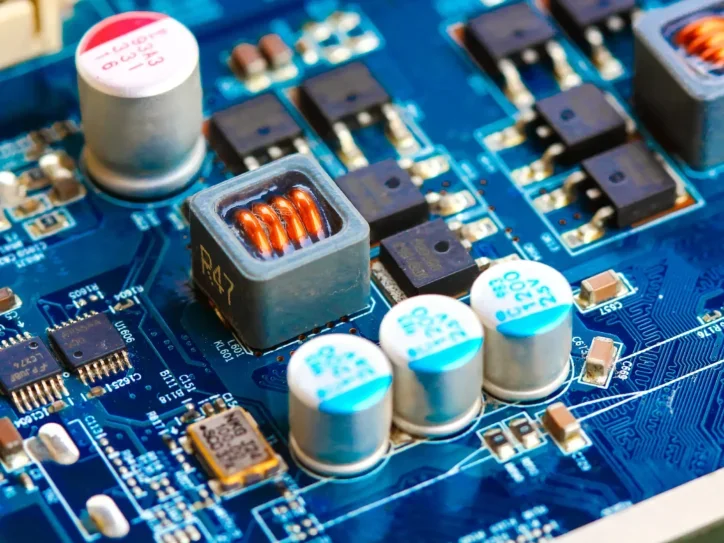
主な利点
- ガス発生が減少することで、装置の寿命と安全性が向上する。
- 純度が高いほど内部抵抗が下がり、導電性が向上する。
- 安定化した電気化学的界面がサイクル信頼性を高める。

-r8fsli0q1h9h3rr567ruiwtynlb71ht629zozuhoc0.webp)
-r8fslbfupn0gui0p8mxgjghqhw7mjm31pdfamwrfjk.webp)
-r8fsle9da54btbwls65c8xs4a1tq6pe8prdr2qn90w.webp)







